That is the Question
Whether your business is B2C (Business to Consumer), targeting consumers and selling them products or services directly, or B2B (Business to Business), dealing with other businesses in commercial transactions, for example providing accounting services or supplying raw materials to manufacturers, it’s important to ‘read the room’.
This means understanding who you need to communicate with and how, and it is especially critical when devising a product platform that will represent your business optimally. Everyone you talk to needs to hear (and experience) something specific that will make them sit up and listen.

- Who they are trying to sell to?
- Is it to stores that will resell their carrots (B2B)?
- To individual customers who want to purchase them directly (B2C)? Or to both?
The Strategy
The B2B carrot business will target customers more specifically, for example trying to reach stores within a reasonable shipping distance that carry fresh produce. It will have capacity to fulfill larger orders, and perhaps even offer discounts for orders over a certain volume. The relationship with the buyer will be important too – they want to work with a single, reliable supplier, and if all goes well, they’ll likely stick with them for years – so customer satisfaction is paramount.
The Platform Features
At one end, we are talking about a simple, pleasant, and appealing platform experience that blends seamlessly into the easy swipes of the average customer’s ever-present digital life and entertainment. At the other end is a more formal platform, prioritizing efficiency and business goals, where consistency is the cornerstone.

 Back
Back 
